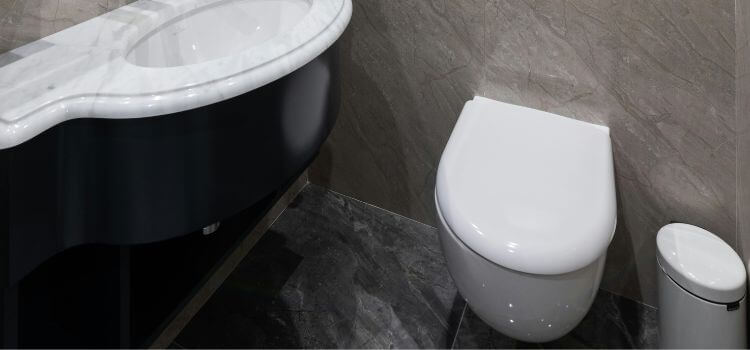International Residential Codes and Uniform Plumbing Codes generally prohibit offset toilet flanges for drainage and stability. Some offset flanges can clog if not installed correctly.
However, the legality of offset toilet flanges varies depending on the specific plumbing code that applies in your area. It is essential to consult local regulations for using offset toilet flanges. Ensuring installation requirements is also necessary to avoid issues related to code violations.
They should be regularly maintained and inspected to prevent any problems related to their use.
Code requirements for toilet flanges
Standard toilet flange specifications are crucial to proper bathroom setup. The toilet flange is the part where the toilet sits and connects to the drainpipe. It should be placed at the right height, which means the flange top should be level with the finished floor. The material must be durable to ensure a strong and secure connection.
Toilet flange installation guidelines help prevent leaks and damage. The flange should be offset at most 45 degrees. This is to keep the flow straight and avoid clogs. Tightening the bolts avoids stressing the toilet base. Silicone sealant or wax rings ensure a watertight seal. It is essential to follow your local building codes
Are Offset Toilet Flanges Against Code?
Offset toilet flanges are not against the code, provided they meet code requirements and installation guidelines.

These flanges must be aligned with specific plumbing standards for proper function and compliance. Toilet installation can be difficult, especially when the existing plumbing doesn’t line up with the toilet drain. Offset toilet flanges offer a solution, allowing you to connect your toilet to the drainage system even when the rough-in dimension is off.
These flanges are required for renovations and repairs where the toilet cannot be centered directly on the waste line. While they are a practical solution, it is crucial to ensure that they are installed according to local building codes, which may vary from region to region. Proper use of offset flanges can save time and money.
Frequently Asked Questions About Offset Toilet Flanges Against Code?
Is the Offset Toilet Flange OK?
Yes, offset toilet flanges are acceptable if the correct type is used; Otherwise, they may constantly clog. Offset flanges may or may not be against plumbing codes, as regulations vary by location. Always ensure that installation meets local code requirements.
How many inches can you move a toilet with an offset flange?
Offset flanges can move a toilet about 1-2 inches, but check local building codes.
How much can you offset a toilet flange?
Offset toilet flanges are generally not against plumbing codes if installed correctly. However, local rules may vary.
Can a toilet vent be offset?
Yes, a toilet vent can be offset, but may not be allowed in some building codes.
Conclusion
Offset toilet flanges may or may not violate local building codes, depending on the area. Careful consideration of the installation and type of offset flange is essential to avoid potential plumbing problems. Compliance with code regulations ensures a properly functioning and compliant plumbing system.

